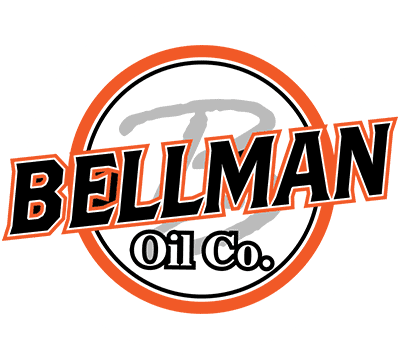Fuel accounts for up to 40% of most truck fleets’ operating costs, so effective fuel management is crucial to success in various industries, including transportation, construction, agriculture, and more. In the pursuit of efficiency, traditional fuel management methods, including estimations, give way to innovative solutions that provide real-time data. At the forefront of this transition is remote monitoring for fuel management. Remote monitoring is a technological advancement that uses sensors, allowing organizations to track, analyze, and optimize fuel usage. If you’re looking for ways to improve the efficiency of your fuel management system, keep reading!
The Need for Efficient Fuel Management
Businesses that rely on fuel for their operations depend on effective and efficient fuel management systems. These systems help companies optimize tasks, manage efficiency, and control operating costs. Inaccuracies in this kind of data can harm an organization, affecting every aspect, from budgeting to environmental sustainability. Ineffective fuel management systems can cause businesses to spend excessive money on fuel they do not need, ultimately hurting their bottom line. Additionally, inefficiencies can cause overconsumption of fuel, which can lead to environmental consequences.
Traditional fuel management methods often compromise efficiency and accuracy. These systems typically use manual data collection and monitoring to determine fuel usage. This involves estimating how much energy is used for different operations. This system is prone to human errors, leading to discrepancies in fuel consumption records. Traditional fuel monitoring systems need to be more adept at detecting fuel theft or unauthorized usage, which can contribute to rising operational costs. These systems may struggle to adapt to changing fuel consumption needs, like changes in routes and schedules. Remote monitoring in fuel management emerges as a solution that addresses these challenges, helping businesses save money and boost operational efficiency.
Understanding Remote Monitoring in Fuel Management
Remote monitoring uses technological advancements to collect real-time data about fuel usage, storage levels, and other related insights. Rather than relying on human data collection, these monitoring systems use highly accurate and stable devices to provide accurate data without the need to be at the fueling site.
Technologies Used in Remote Monitoring
Remote monitoring systems use several key technologies to provide accurate fuel readings regardless of location:
-
Sensors
Advanced sensors can easily be installed in fuel tanks to measure fuel levels, temperature, and other critical metrics. These sensors can be used in stationary or mobile fuel tanks, providing flexibility and accessibility. They send a continuous data stream to your device, allowing you to monitor fuel consumption in real-time. These sensors can also detect excessive fuel consumption, notifying you of the issue. This feature can promptly detect fuel theft and fuel inefficiencies.
-
Telematics
Telematics systems, including GPS, allow businesses to track fuel usage from far distances. These systems transmit the data from the sensors to the organization, providing real-time information on asset location, performance, and fuel efficiency. These systems ultimately contribute to better fleet management and operational optimization.
-
Connectivity Solutions
Remote monitoring systems are battery-operated and use the latest LTE technology to ensure seamless data transmission between the sensors and the organization.
-
Cloud-Based Platforms
Once the data leaves the sensors, it is stored and processed in cloud-based systems. This allows businesses to monitor and interact with data from anywhere worldwide. These platforms often provide customized reporting functionalities that track specific key performance indicators. This can provide insights into fuel usage trends and efficiency metrics, helping businesses identify areas for improvement. Additionally, introducing artificial intelligence and machine learning allows these systems to anticipate future consumption patterns.
Benefits of Remote Monitoring in Fuel Management
Adopting remote monitoring systems for fuel management offers several advantages for organizations. Here are some of the key benefits:
-
Real-Time Visibility
Remote monitoring systems provide businesses with up-to-date data on fuel usage, enabling them to respond to potential issues promptly.
-
Cost Savings
Remote monitoring systems enable businesses to optimize fuel usage based on actual, accurate data, reducing overconsumption.
-
Improved Accuracy
Data automation through the installed sensors minimizes the risk of human error, ensuring accurate and reliable fuel data.
-
Enhance Security
Tank sensors can detect fuel theft or unauthorized usage, enhancing the security of an organization’s resources.
As organizations seek to optimize their fuel management systems, remote monitoring empowers them to unlock new efficiency, accuracy, and sustainability levels.
Revolutionize Your Fuel Management with Bellman Oil
Are you ready to elevate your fuel management to new heights of efficiency and control? Look no further than Bellman Oil—a trusted oil and fuel management partner. With the state-of-the-art Centeron Wireless Tank Monitoring System, you can revolutionize how your organization monitors, manages, and safeguards fuel resources. Contact Bellman Oil today to explore how our remote monitoring system can transform your fuel management practices.




